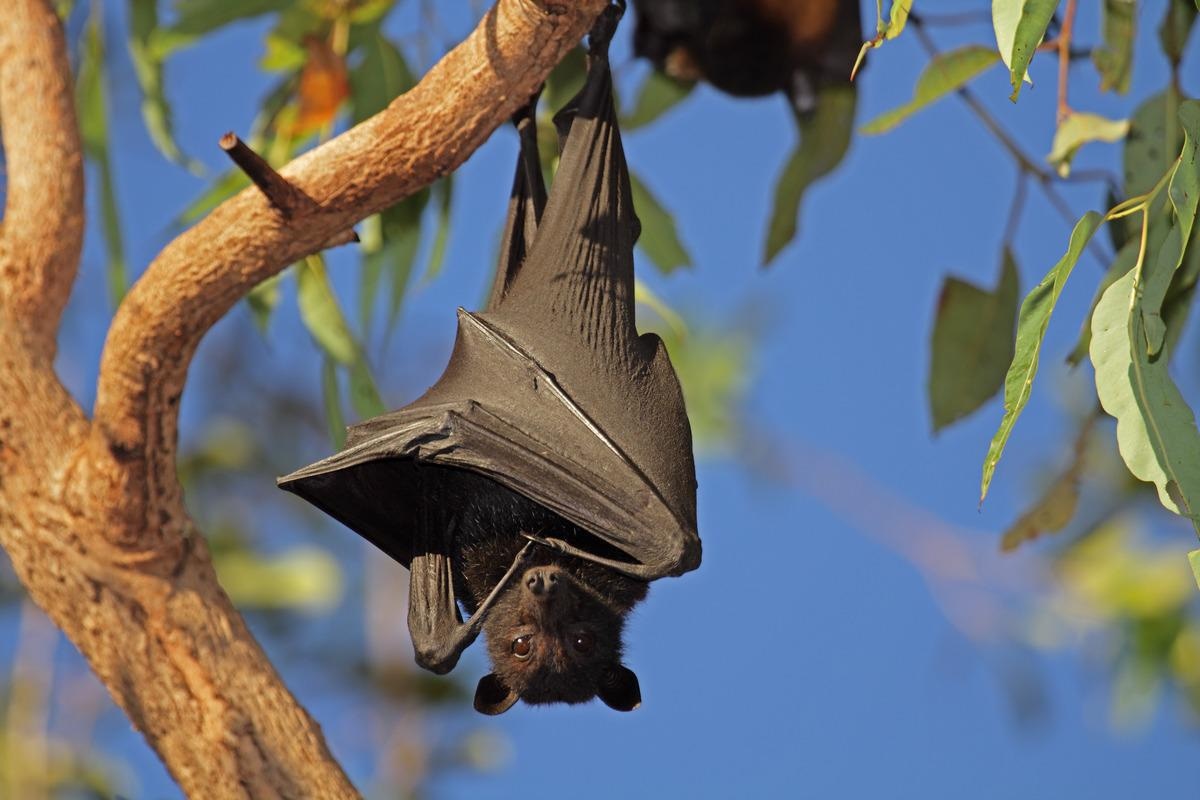In a recent study published in Emerging Infectious Diseases, researchers reported on the detection of a novel Hendra virus variant of genotype 2 (HeV-g2) in the urine of grey-headed and black flying foxes in Australia.
 Study: Novel Hendra Virus Variant Circulating in Black Flying Foxes and Grey-Headed Flying Foxes, Australia. Image Credit: EcoPrint/Shutterstock
Study: Novel Hendra Virus Variant Circulating in Black Flying Foxes and Grey-Headed Flying Foxes, Australia. Image Credit: EcoPrint/Shutterstock
Background
The Hendra virus (HeV; belonging to the genus Henipavirus and Paramyxoviridae family) is a well-established zoonotic pathogenic organism endemic to the Pteropus genus of Australian flying foxes. The spillover of HeV-g2 has been detected in horses using updated pan-paramyxovirus quantitative reverse-transcription-polymerase chain reaction (qRT-PCR) analyses. Although the PCR assays have high specificity, their detection range is narrow; thus, genomically diverse variants such as the novel HeV-g2 may not have been detected. Thus, novel diagnostic methods are required to detect variants that cause spillovers to other animals.
The excretion of the HeV-g1 virus is known to occur in Australian spectacled flying foxes (P. conspicillatus) and black flying foxes (P. alecto), indicating that these two species are potential sources of the HeV-g2 spillover to horses.
About the study
In the present study, researchers reported on the detection of the new HeV-g2 variant in the urine of Australian grey-headed and black flying foxes using a novel qRT-PCR technique.
A total of 4,539 pooled urine samples were obtained either directly or indirectly by using a urine collection bag from anesthetized flying foxes of southeastern regions of Queensland and the middle-to northern coastal regions of New South Wales (NSW) between December 2016 and September 2020 over 129 under roost sampling sessions. The plastic sheets were placed in areas where flying foxes, especially P. alecto species were roosting. The species, number, sex, and age of the flying foxes present above the plastic sheets were recorded. In addition, 1,674 urine samples were obtained from individual flying foxes captured in mist nests over 39 capturing sessions between July 2017 and September 2020.
The urine samples were placed into transport mediums, viral lysis buffers, or cryovials and subsequently stored at temperatures of −80°C. Ribonucleic acid (RNA) was extracted from these samples using a P gene-targeted qRT-PCR analysis to screen for HeV-g1, followed by storage at −80°C and HeV-g2 screening with the help of a novel qRT-PCR analysis, that targeted the M gene using HeV-g1- and HeV-g2-specific primers.
The cytochrome b gene was amplified from all the positive samples to obtain the host species based on their deoxyribonucleic acid (DNA) content and genomic sequence identification using 402-base pairs (bp) sequences. The copy numbers/mL of genomic copies were determined.
Results
A total of 10 samples, eight pooled samples, and two samples obtained from individual flying foxes were HeV-g2-positive, of which most (8/10) had low genomic copy numbers except ARLIS002_55_1 and ARSUN015_15_1 had substantially higher genomic copies. The HeV-g2-positive samples identified belonged to regions of Sunnybank, Lismore, Clunes, Maclean, Nambucca Heads, and Dorroughby.
HeV-g2 was detected in the positive samples obtained across all the seasons, albeit most (5/8) were detected between May and August. The prevalence of positive identifications in the capturing sessions ranged between 2.5% and 6.5%. In the pooled urine samples, the HeV-g2 variant was detected only in the sessions wherein HeV-g1 was also detected. The prevalence of HeV-g1 ranged between 2.5% and 50%. However, the prevalence of HeV-g1 was not significantly correlated with that of HeV-g2.
HeV-g2 was detected in flying foxes of two species viz. P. poliocephalus and P. alecto were identified in two samples and six samples, respectively, from the underroost flying fox samples using cytochrome b sequencing. Among the two samples obtained from individually captured flying foxes, one was a juvenile female of the P. poliocephalus species, and the other was an adult male of the P. alecto species.
Conclusion
The study findings showed that P. poliocephalus and P. alecto species excreted the novel HeV-g2 variant in urine and are competent host reservoirs. The detection of HeV-g2 in the urine samples of flying foxes helped identify its geographical range, host species, risk of spillover, and transmission dynamics.
However, the urine of the other two flying fox species - P. scapulatus and P. conspicillatus - known HeV-g1 reservoirs, was not examined. Therefore, further studies need to evaluate the potential HeV-g2 transmission from these two species.
HeV-g2 has been detected previously in flying fox tissues from southern and western regions of Australia and Victoria. The present study findings are an expansion of the known geographical coverage of HeV-g2 to southeastern regions of Queensland and the middle- to the northern coastal regions of NSW, regions that are proximal to the areas of known HeV-g2 spillover in horses.
Further development of competent diagnostics to detect more comprehensive viral ranges capable of spillovers could significantly improve the prediction of spillover risks, biosecurity management, guide horse owners, and veterinarians for improved animal care.